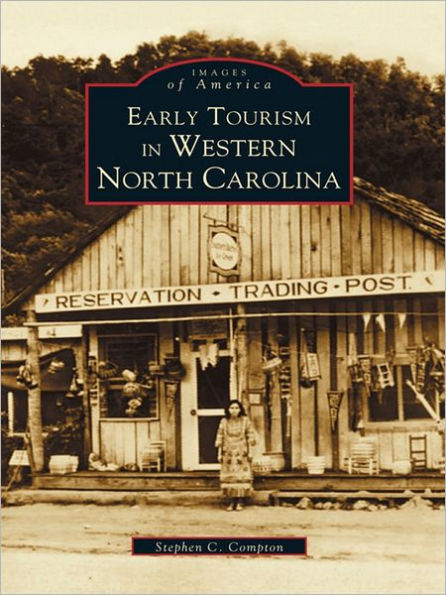Early Tourism in Western North Carolina celebrates the rise of tourism from 1900 to 1950 in the Blue Ridge and Appalachian mountains of North Carolina. Sites featured include the Great Smoky Mountains National Park, the Blue Ridge Parkway, Grandfather Mountain, Blowing Rock, Asheville, Mount Mitchell, Chimney Rock, the Biltmore Estate, and the Cherokee Indian Reservation.
Early Tourism in Western North Carolina celebrates the rise of tourism from 1900 to 1950 in the Blue Ridge and Appalachian mountains of North Carolina. Sites featured include the Great Smoky Mountains National Park, the Blue Ridge Parkway, Grandfather Mountain, Blowing Rock, Asheville, Mount Mitchell, Chimney Rock, the Biltmore Estate, and the Cherokee Indian Reservation.

Early Tourism in Western North Carolina
128
Early Tourism in Western North Carolina
128eBook
Related collections and offers

Product Details
| ISBN-13: | 9781439612569 |
|---|---|
| Publisher: | Arcadia Publishing SC |
| Publication date: | 04/28/2004 |
| Series: | Images of America Series |
| Sold by: | Barnes & Noble |
| Format: | eBook |
| Pages: | 128 |
| File size: | 55 MB |
| Note: | This product may take a few minutes to download. |
